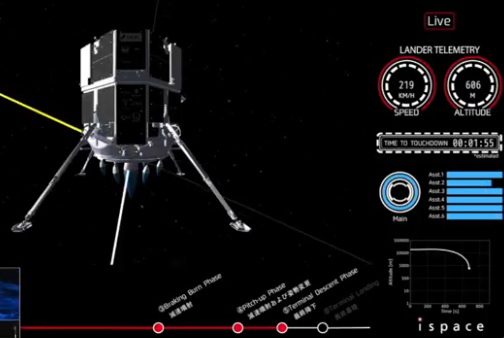So according to NASA administrator Charles Bolden in the Congressional hearing yesterday the US will get back to the Moon before the Chinese – but will they?
As the Constellation programme progressed it was always interesting to dig around for the latest multi-program integrated milestone schedule that would occasionally be available officially or unofficially on the web somewhere. That helpful document showed graphically, in every sense, the inevitable slips of an under funded Moon return programme
Earlier this month NASA deputy administrator Lori Beth Garver gave us a new milestone schedule to scrutinise – even if it has the word notional across it – when she gave a presentation at the American Astronautical Society’s Goddard Memorial Symposium (held 9-11 March)
Garver’s powerpoint (one assumes) slides – shown in this blog care of a new website called spacepolicyonline.com – show an Obama space plan timeline and a version of the Constellation programme schedule
Looking at the slide above (and Garver’s second slide – see extended blog portion – that shows a Constellation timeline) the question that comes to Hyperbola’s mind is, if Constellation was an exploration programme that was unexecutable with the available budget why is the Obama plan any more executable?
For instance, NASA is not getting the real term increase that the US Review of human spaceflight plans recommended – instead its $6 billion over five years
That increase is already being spent on the proposed commercial crew programme. With a goal of start of operations in 2016 it has an estimated cost of $6 billion, an amount that was criticised during last week’s Congressional hearing as unlikely, and it won’t get anyone to the Moon
Garver also notes on the slides that Constellation’s Ares I crew launch vehicle and Orion crew exploration vehicle (CEV) would not fly until 2017 but that is only a year later than the commercial crew programme
The US Review of human spaceflight plans report says on page 90 that Ares I needs a further $6 billion (does that figure sound familiar?) for its completion while Orion will have its critical design review this year and Orion’s prime contractor Lockheed Martin has also said that the CEV is ready for a 2013 first flight. And remember Orion is designed for a seven month lunar mission not just a 400km trip to station
So what about this Moon mission to beat the Chinese? Garver notes that Constellation’s Ares V cargo launch vehicle would not be available until 2028 while her Obama plan timeline has a “beyond Low Earth Orbit launch capacity” and a “in-space transport capability” becoming operational four years before Ares V in about 2024
If you split the Ares V into its core and Earth departure stages what you have is a ‘beyond LEO launch capacity’ and an ‘in-space transport capability’. So what is it about the Obama beyond LEO capability that is so much different to the heavy lift Ares V?
With all that in mind what makes the Obama plan so much better than the programme of record? With NASA’s budget increases smaller than those recommended by the US human spaceflight review somehow Bolden’s NASA will have this Ares V-like transport in a similar timeframe to Constellation; fund the International Space Station extension to 2020 and beyond; have flagship, and “small”, technology demonstations; start commercial crew services; research exploration technology and send robotic precursor missions to the as yet undefined destinations. Is it a case of yes, we magically can?
With Obama’s space plan the phrase “death by powerpoint” could get a whole new meaning. Go here for Garver’s speech to the AAS






